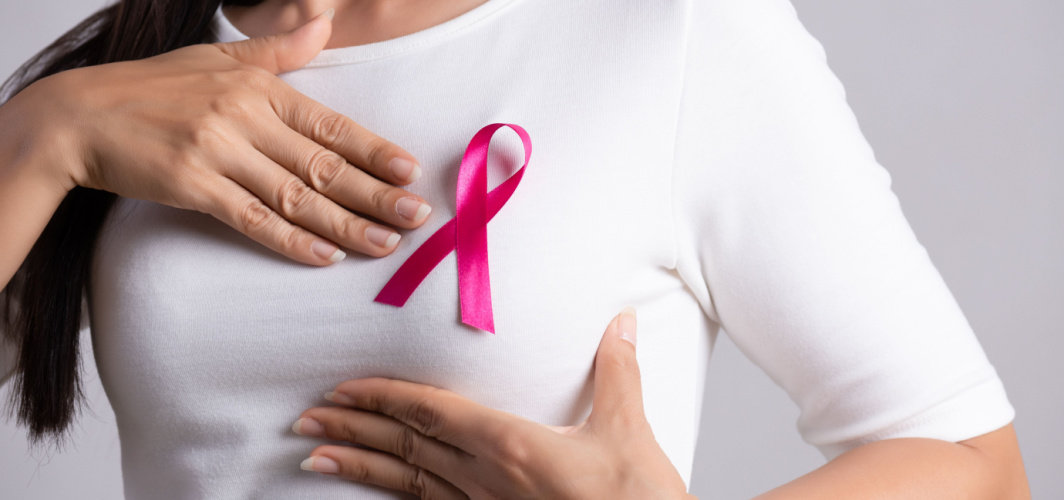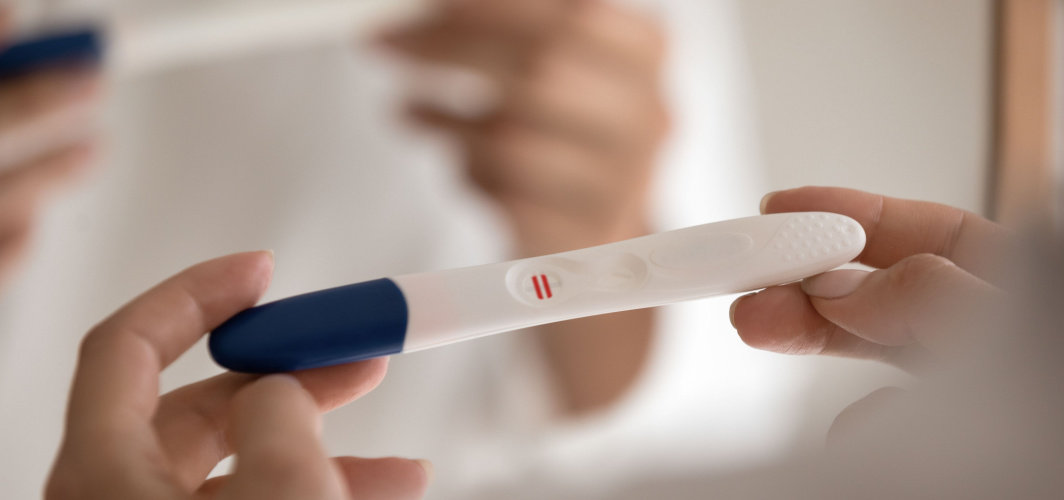- Home
- Blog
- Women Care
Extremely Painful Periods? These Can be The Problems!
Women Care
Extremely Painful Periods? These Can be The Problems!
By Apollo 24|7, Published on- 12 December 2022, Updated on -14 December 2022
Share this article
0
0 like

It’s normal to experience some cramping, pain, and discomfort during your periods. However, if that pain is so intense that it interferes with your daily routine, then it may indicate an underlying issue that requires medical attention. Painful menstruation, medically referred to as dysmenorrhea, can be categorised into two types; primary and secondary. Primary dysmenorrhea occurs in those who have pain before and during their periods. In secondary dysmenorrhea, people have normal menstruation that becomes painful at a later stage in life.
Various health conditions affecting your uterus or other pelvic organs can cause secondary dysmenorrhea. If your periods have become significantly painful, then it’s wise to consult your doctor. Meanwhile, here are the five major conditions that can result in painful menstrual cramps.
1. Endometriosis
Endometriosis is a condition wherein cells from the uterus lining grow in other parts such as ovaries, fallopian tubes, or the tissue lining of the pelvis. If left untreated, endometriosis can result in adhesions, blood-filled cysts, chronic inflammation, internal bleeding, and intense pelvic pain.
In the case of a normal menstrual cycle, ovaries produce hormones that cause the thickening of the uterine wall. During periods, this lining breaks down, resulting in the shedding of blood and tissues through the vagina. In endometriosis, the tissue present outside the uterus reacts to the hormones released by ovaries, resulting in breakdown and bleeding during periods. However, these tissues are unable to leave the body. Over time, this endometrial tissue builds up in the pelvic area and results in severe pain.
2. Uterine Fibroids
Made up of muscle tissue, fibroids are benign tumours that can put pressure on your uterus and cause excessive menstrual pain. They can be of different sizes ranging from microscopic to big enough to change the shape of your uterus. Fibroids can make the monthly periods a tough ordeal by increasing both the amount of bleeding and the severity of menstrual pain.
3. Adenomyosis
Adenomyosis is a rare condition wherein the lining of your uterus grows into its muscular wall, leading to pressure, pain, inflammation, and heavier, longer periods. The uterus of women suffering from adenomyosis acts like a bruised muscle. It can cause symptoms like painful menstrual cramps and pain during intercourse, which can be felt until a couple of days later. Typically observed in women aged 30 or more who have already given birth, adenomyosis is also prevalent in teenagers.
4. Pelvic Inflammatory Disease (PID)
Pelvic inflammatory disease is an infection affecting the ovaries, fallopian tubes, or uterus. It is often caused by sexually transmitted bacteria that can lead to pain and inflammation of your reproductive organs. It can also result in painful menstrual cramps, scarring, and infertility. During your periods, hormones affect your uterus as well as the surrounding structures including adhesions and scar tissue. This can increase pain, inflammation, and bleeding.
5. Cervical Stenosis
Cervical stenosis is a condition wherein the cervix is so narrow or small that it slows down the menstrual flow, resulting in increased pressure and pain inside the uterus. This condition can also lead to infertility as it becomes difficult for the sperm to enter the uterus and fertilise an egg.
If your menstrual pain is severe enough to hamper your everyday activities, then it might be a sign of a serious condition. In such cases, it's highly advisable to see your gynaecologist for early diagnosis and timely treatment. If you need expert advice,
Consult an Apollo Gynaecologist
Medically reviewed by Dr Sonia Bhatt.
Services
Women Care
Leave Comment
Services
Recommended for you

Women Care
What Are The Early Symptoms Of Breast Cancer?
Breast cancer is a condition where cells in the breast grow uncontrollably, forming a tumour. Early symptoms include lumps, changes in breast size or shape, nipple changes, skin changes, and persistent breast or nipple pain. Seeking medical attention and regular screenings are crucial.

Women Care
Testing Pregnancy At Home? Here’s Everything About Pregnancy Test Kits
Pregnancy test kits primarily look for traces of hCG in your body. The reactive paper changes its colour on detecting a high composition of this chemical. Make sure that you follow all the required steps carefully while taking this test.

Women Care
7 Facts About Menopause You Probably Didn't Know!
Menopause is a biological process that marks the end of a woman's reproductive years, leading to various physical and emotional symptoms. While menopause is a natural phenomenon, there are still many facts and nuances about it that are not widely known.
Subscribe
Sign up for our free Health Library Daily Newsletter
Get doctor-approved health tips, news, and more.
